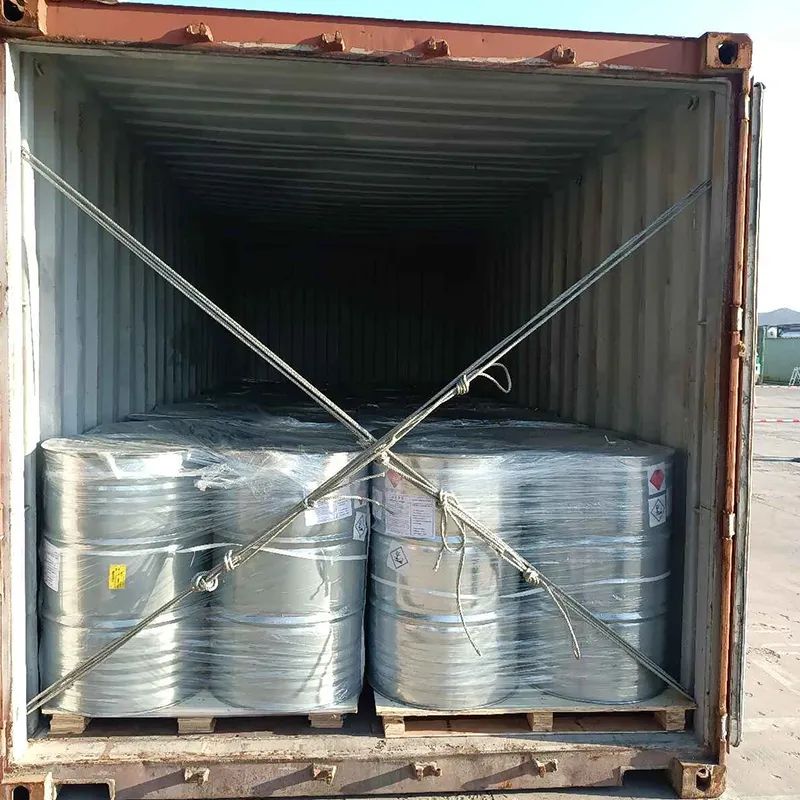
isopropyl alcohol in ultrasonic cleaner
The Use of Isopropyl Alcohol in Ultrasonic Cleaners
Ultrasonic cleaners have gained popularity across various industries due to their effectiveness in cleaning complex parts and delicate items. Among the range of cleaning agents available, isopropyl alcohol (IPA) stands out as a preferred choice for many users, especially in settings that require a high standard of cleanliness, such as laboratories, medical facilities, and electronics manufacturing.
What is Isopropyl Alcohol?
Isopropyl alcohol, commonly referred to as rubbing alcohol, is a colorless, flammable chemical compound with a strong odor. Its chemical formula is C3H8O, and it is a type of alcohol known for its antiseptic properties. Because of its ability to dissolve oils and other non-polar compounds, it is widely used as a solvent, disinfectant, and cleaning agent. In solutions typically ranging from 70% to 99% concentration, IPA can effectively kill bacteria, viruses, and fungi, making it particularly valuable in hygiene-critical applications.
How Ultrasonic Cleaners Work
Ultrasonic cleaners utilize high-frequency sound waves to generate millions of tiny bubbles in a cleaning solution. This process, known as cavitation, occurs when the ultrasonic waves travel through the liquid, creating areas of high and low pressure. The bubbles form in the low-pressure areas and then collapse violently when they move into high-pressure zones, producing shock waves that dislodge dirt, grime, and contaminants from surfaces. This cleaning method is highly effective because it can penetrate hard-to-reach places and remove stubborn residues that traditional cleaning methods may miss.
The Benefits of Using Isopropyl Alcohol
Combining isopropyl alcohol with ultrasonic cleaning technology enhances the cleaning process significantly. Here are several key benefits
isopropyl alcohol in ultrasonic cleaner

1. Effective Degreasing IPA is particularly adept at breaking down oils and greases, which can be challenging to remove using water-based solutions. When used in an ultrasonic cleaner, IPA can efficiently dissolve these contaminants, allowing for a thorough clean.
2. Rapid Evaporation One of the notable properties of isopropyl alcohol is its quick evaporation rate. After cleaning, the rapid drying means there’s less risk of water damage or oxidation, especially for electronic components and precision instruments that are sensitive to moisture.
3. Antiseptic Properties The ability of IPA to kill pathogens is a significant advantage in medical and laboratory environments. Cleaning instruments and tools with IPA not only removes visible debris but also sanitizes them, ensuring they are safe for use.
4. Compatibility with Various Materials Isopropyl alcohol is relatively safe to use on many materials, including metals, plastics, and glass, which makes it versatile for a broad range of applications.
Considerations for Use
While isopropyl alcohol is an excellent cleaner, it's important to use it safely. Proper ventilation, protective gloves, and eye protection are recommended when handling IPA. Additionally, it's crucial to follow the manufacturer’s guidelines regarding the concentration of alcohol to use in ultrasonic cleaners, as higher concentrations may produce excessive heat and vapors during the cleaning process.
Conclusion
In summary, the integration of isopropyl alcohol into ultrasonic cleaning systems presents a powerful solution for achieving high levels of cleanliness and sanitation. Its effectiveness at degreasing, rapid evaporation, and antiseptic properties make it a valuable cleaning agent in various contexts. As ultrasonic technology continues to evolve and expand its applications, the use of isopropyl alcohol will likely remain a cornerstone approach for cleaning across multiple industries, ensuring that items are not only clean but also safe for continued use.
-
Understanding Synthetic Rubber OptionsNewsApr.27,2025
-
Trichloroisocyanuric Acid: Essential for Clean and Safe WaterNewsApr.27,2025
-
Sodium Dichloroisocyanurate: Key to Safe Water TreatmentNewsApr.27,2025
-
Sodium Acid Pyrophosphate: Essential in Modern Food ProcessingNewsApr.27,2025
-
Essential Water Treatment ChemicalsNewsApr.27,2025
-
Denatured Alcohol and Its Industrial UsesNewsApr.27,2025
-
The Versatile Uses of Sodium BicarbonateNewsApr.24,2025
Hebei Tenger Chemical Technology Co., Ltd. focuses on the chemical industry and is committed to the export service of chemical raw materials.
-

view more DiethanolisopropanolamineIn the ever-growing field of chemical solutions, diethanolisopropanolamine (DEIPA) stands out as a versatile and important compound. Due to its unique chemical structure and properties, DEIPA is of interest to various industries including construction, personal care, and agriculture. -

view more TriisopropanolamineTriisopropanolamine (TIPA) alkanol amine substance, is a kind of alcohol amine compound with amino and alcohol hydroxyl, and because of its molecules contains both amino and hydroxyl. -

view more Tetramethyl Thiuram DisulfideTetramethyl thiuram disulfide, also known as TMTD, is a white to light-yellow powder with a distinct sulfur-like odor. It is soluble in organic solvents such as benzene, acetone, and ethyl acetate, making it highly versatile for use in different formulations. TMTD is known for its excellent vulcanization acceleration properties, which makes it a key ingredient in the production of rubber products. Additionally, it acts as an effective fungicide and bactericide, making it valuable in agricultural applications. Its high purity and stability ensure consistent performance, making it a preferred choice for manufacturers across various industries.











